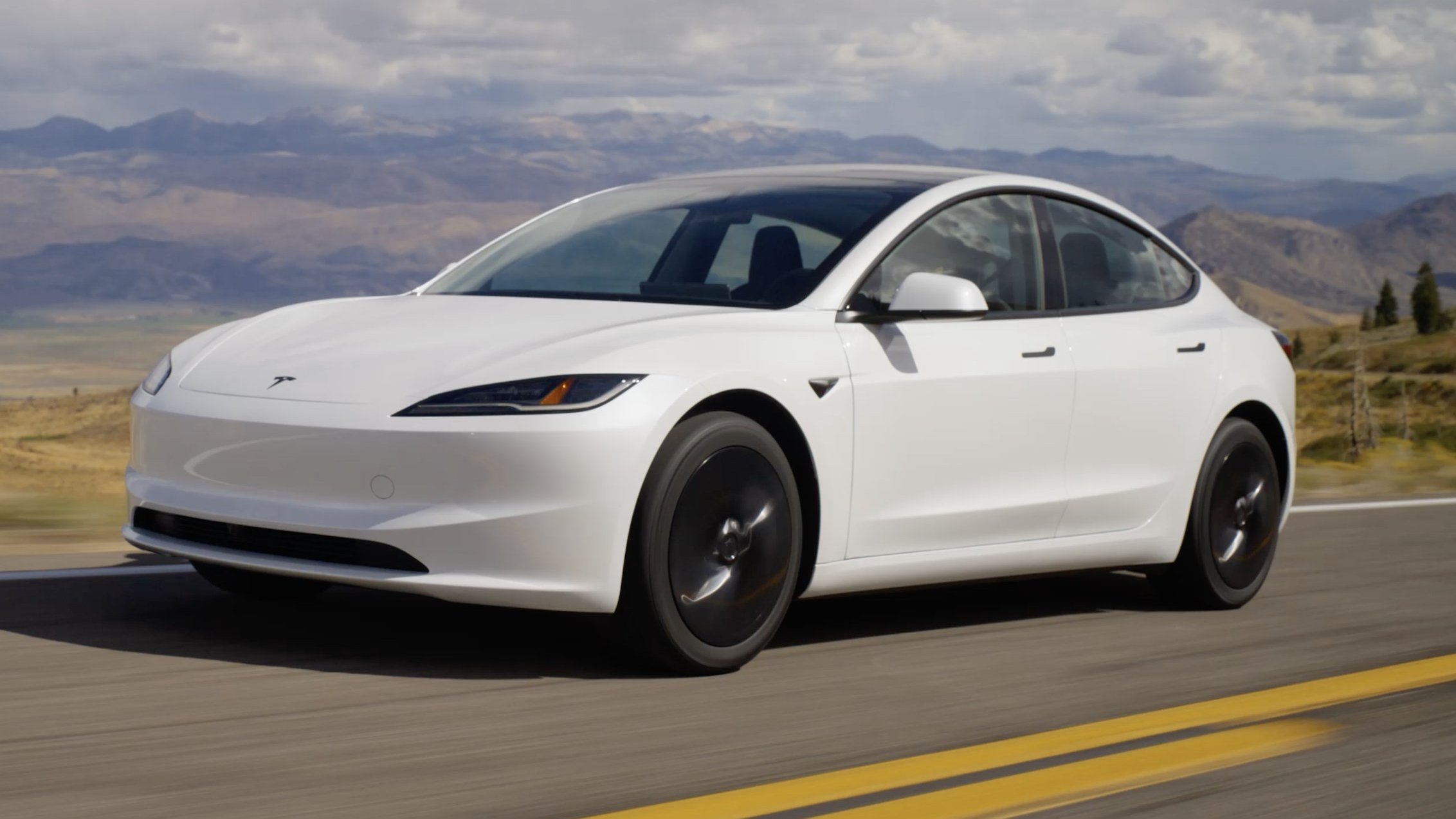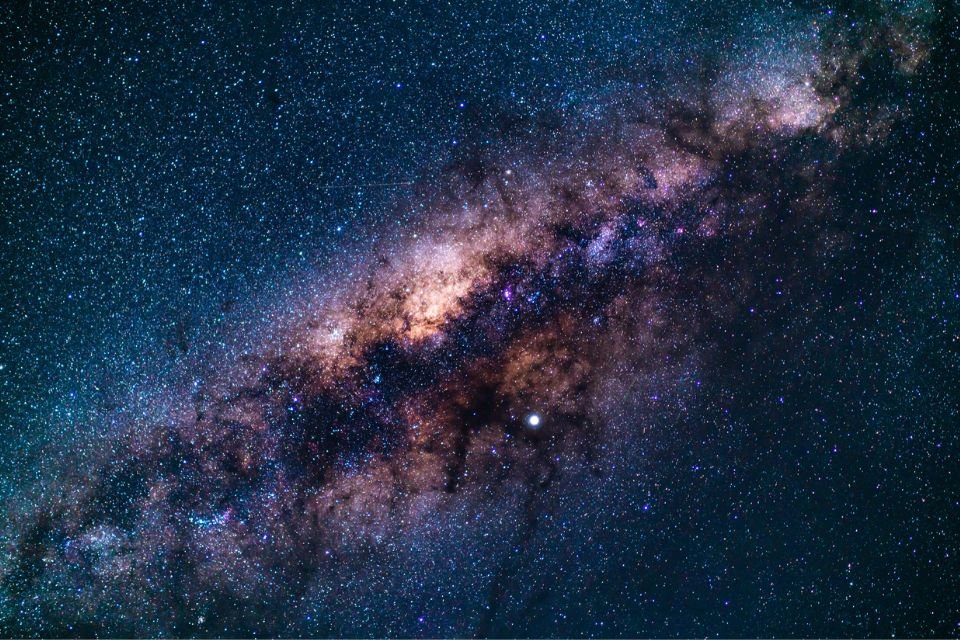According to a new study published in the scientific journal of the Royal Astronomical Society, the age of the universe may be almost twice as old as cosmological models calculate. In 2021, the Big Bang theory fit model, called Lambda-CDM, suggested: The age of the universe is 13.797 billion years, but this number may be much higher than we think.
According to physicist Rajendra Gupta of the University of Ottawa (Canada), A new cosmological model suggests the universe is 26.7 billion years old.; ie almost twice the results of the Lambda-CDM model. The scientists came to their conclusion by analyzing data collected by the James Webb Space Telescope.
Despite the prediction generated by Lambda-CDM, some scientists suspect that the age may be much higher as there is evidence for an older universe. For example, the star Methuselah, like other ancient stars, appears to be older than the estimated age of the universe.
“Our newly developed model extends the galaxy formation time by several billion years, making the universe 26.7 billion years, not 13.7 billion years, as previously estimated. This change in the cosmological model helps solve the riddle of small galaxy sizes observed in the early universe and leads to more accurate observations. it allows,” said Professor Gupta.
Is the universe 26.7 billion years old?
The theory of tired light, created by Swiss astronomer Fritz Zwicky, explains that the redshift of light in distant galaxies is a reaction caused by the gradual loss of energy of photons at cosmic distances. Many scientists dismiss the theory because of results that are inconsistent with observations.
Nevertheless, Gupta claims that it is possible to reinterpret the red burst by ‘confusing’ the tired theory of light with the idea of the expansion of the universe.. In addition, he says he also uses the concept of “evolving coupling constants” to arrive at new conclusions about the age of the universe – coupling constants are fundamental reactions responsible for interactions between particles.
In studying the evolution of these coupling constants, it’s possible that the James Webb Telescope is making observations that are a few billion years old, not millions. The new theory will help explain the advanced level of mass in primitive galaxies in a state of advanced evolution.
Anyway, it’s a theory, so scientists need to work harder and evaluate other points to figure out whether our universe is twice as large as other models suggest.
Did you like the content? So stay up to date with all the astronomy news on TecMundo, and also take the opportunity to learn: The study proposes explanation for the unusual alignment of the nebulae in the Milky Way.
Source: Tec Mundo
I’m Blaine Morgan, an experienced journalist and writer with over 8 years of experience in the tech industry. My expertise lies in writing about technology news and trends, covering everything from cutting-edge gadgets to emerging software developments. I’ve written for several leading publications including Gadget Onus where I am an author.











